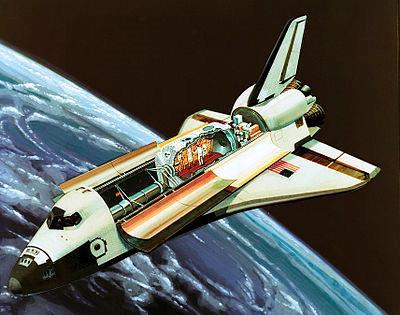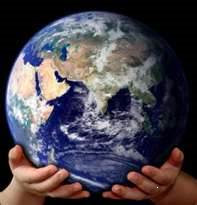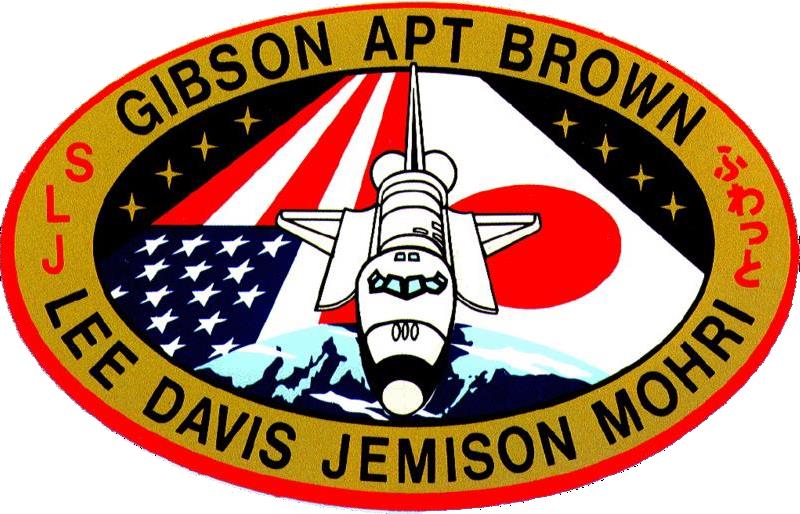Jay Apt
Spacelab 014 - STS-47 (J)
Mission Name: Spacelab J
Astronauts:
Command Pilot:
Robert L. Gibson
(Fourth Space Flight)
Pilot:
Curtis L. Brown
(First Space Flight) Mission Specialist 1:
Mark C. Lee
(Second Space Flight) Mission Specialist 2:
(Second Space Flight)
Mission Specialist 3:
N. Jan Davis
(First Space Flight)
Payload Specialist 1:
Mae C. Jenison
(Only Space Flight) Payload Specialist 2:
Mamoru Mohri,
NASA (First Space Flight)
Spacelab was a reusable laboratory used on certain spaceflights flown by the Space Shuttle. The laboratory comprised multiple components, including a pressurized module, an unpressurized carrier and other related hardware housed in the Shuttle's cargo bay. The components were arranged in various configurations to meet the needs of each spaceflight.
Spacelab components flew on 22 Shuttle missions between November 1983 and April 1998. Spacelab allowed scientists to perform experiments in microgravity in Earth orbit.
Spacelab-J -- a joint NASA and National Space Development Agency of Japan (NASDA) mission utilizing a manned Spacelab module -- conducted microgravity investigations in materials and life sciences. The international crew, consisting of the first Japanese astronaut to fly aboard the shuttle, the first African-American woman to fly in space and the first married couple to fly on the same space mission, was divided into red and blue teams for around the clock operations. Spacelab-J included 24 materials science and 20 life sciences experiments, of which 35 were sponsored by NASDA, 7 by NASA and two collaborative efforts.
Materials science investigations covered such fields as biotechnology, electronic materials, fluid dynamics and transport phenomena, glasses and ceramics, metals and alloys, and acceleration measurements. Life sciences included experiments on human health, cell separation and biology, developmental biology, animal and human physiology and behavior, space radiation, and biological rhythms. Test subjects included the crew, Japanese koi fish (carp), cultured animal and plant cells, chicken embryos, fruit flies, fungi and plant seeds, and frogs and frog eggs.
Twelve Get Away Special (GAS) canisters (10 with experiments, 2 with ballast) were carried in the payload bay. Middeck experiments were: Israeli Space Agency Investigation About Hornets (ISAIAH), Solid Surface Combustion Experiment (SSCE), Shuttle Amateur Radio Experiment (SAREX II), Air Force Maui Optical Site (AMOS), and Ultraviolet Plume Imager (UVPI).
Spacelab Space Missions
Study Research
Space Cosmology
Science Research
*
About
Science Research
Science Theories
Site Map
BookShelf
Desk
Copyright © by Nigel G Wilcox · All Rights reserved · E-Mail: ngwilcox100@gmail.com
Designed by Nigel G Wilcox
Powered By AM3L1A
Pages within this section: Spacelab 01-32
Spacelab B11-20
Sub-Menu
11
M
menu
12
13
14
15
16
17
8
19
20
18
>>>
C
SM










